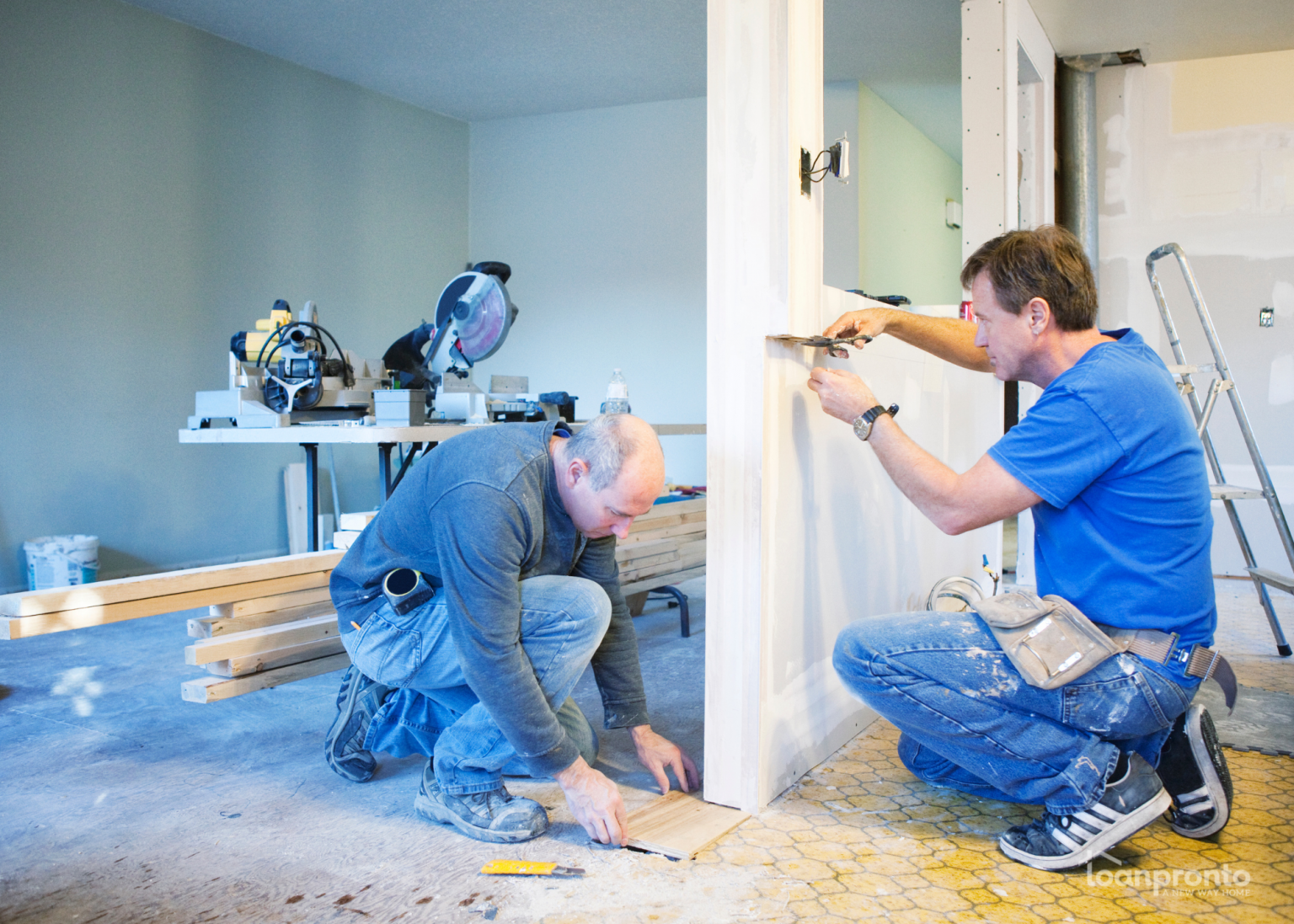Key Takeaways
-
Whether a HELOC, home equity loan, FHA 203(k), or cash-out refinance—can impact your project’s success.
-
Setting a realistic budget and including a contingency fund prevents financial stress during renovations.
-
Hiring reliable contractors and obtaining necessary permits ensures quality work and avoids legal complications.
-
Prioritizing high-value upgrades like kitchen remodels and energy-efficient improvements can increase home value.
Starting a home renovation can be an exciting yet challenging endeavor. Whether upgrading a kitchen, adding a new room, or restoring an older property, securing the right financing is crucial. Careful planning and the right loan option can turn your renovation dreams into reality without unnecessary financial stress.
Best Loan Options for Home Renovations
Renovation loans provide homeowners with flexible financing tailored specifically for home improvement projects. Each loan type offers unique benefits, making it important to choose one that aligns with your financial situation and project needs.
1. Home Equity Line of Credit (HELOC)
A HELOC allows homeowners to borrow against their home’s equity, functioning like a credit card. Borrowers can withdraw funds as needed, making it ideal for projects with varying costs. HELOCs usually come with variable interest rates and flexible repayment options.
2. Home Equity Loan
Unlike a HELOC, a home equity loan provides a lump sum upfront, repaid in fixed monthly installments. This option suits large-scale renovations with predictable costs, offering stability with fixed interest rates.
3. FHA 203(k) Loan
The FHA 203(k) loan, backed by the Federal Housing Administration, helps buyers purchase and renovate fixer-upper properties with a single mortgage. This financing option works well for those looking to rehabilitate older homes while spreading costs over time.
4. Cash-Out Refinance
A cash-out refinance replaces your existing mortgage with a new one, allowing you to withdraw equity in cash for home improvements. This option can provide better loan terms while funding renovations, making it a popular choice for homeowners seeking long-term savings.
Key Strategies for a Successful Home Renovation
Financing is only one part of the renovation process. Proper planning and execution ensure a smooth experience and maximize your investment. Follow these essential tips:
Set a Realistic Budget
Outline a detailed budget that includes materials, labor, permits, and unexpected costs. Set aside contingency funds to cover unforeseen expenses that may arise during the renovation.
Choose Reliable Contractors and Suppliers
Research and vet contractors thoroughly. Read reviews, request references, and obtain multiple quotes before making a decision. Working with reputable professionals ensures quality work and prevents costly mistakes.
Prioritize High-Value Upgrades
Focus on renovations that enhance your home’s functionality and resale value. Kitchen and bathroom remodels, energy-efficient upgrades, and curb appeal improvements often yield the highest returns on investment.
Obtain Required Permits
Before starting any work, secure the necessary permits from local authorities. Failing to do so can lead to fines, project delays, or legal complications.
Communicate Clearly with Your Contractor
Maintain open and transparent communication throughout the renovation. Clearly outline expectations, timelines, and budget constraints to avoid misunderstandings and keep the project on track.

Get Started Today!
Financing a home renovation requires careful consideration of loan options and strategic planning. By selecting the right financing solution and following essential renovation tips, homeowners can successfully complete their projects while increasing their home’s value.
Need help finding the best loan for your renovation? Explore your financing options below and start your home transformation today.
FAQs: Home Renovation Loans
No SSN required. Zero impact to credit. Your Information is never sold.




